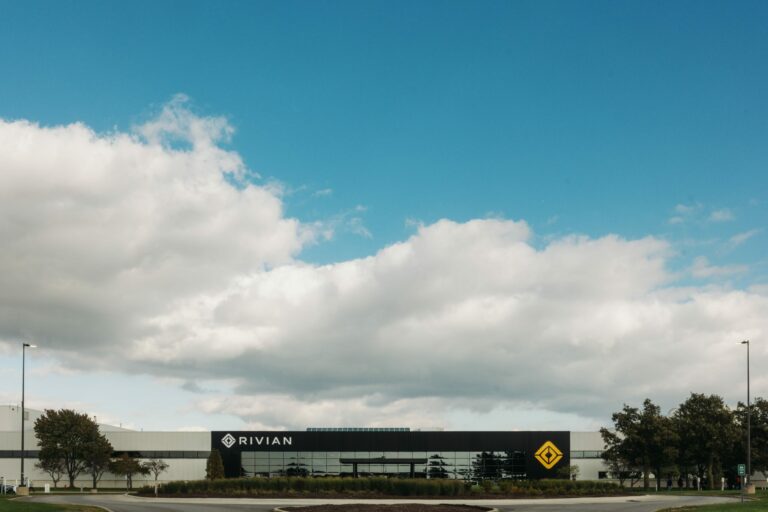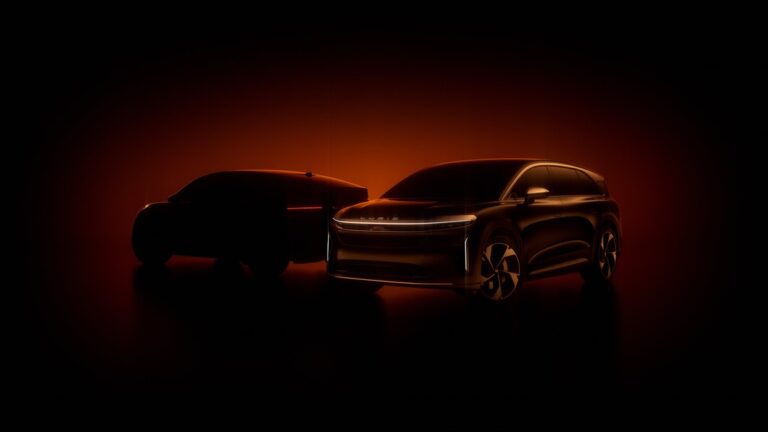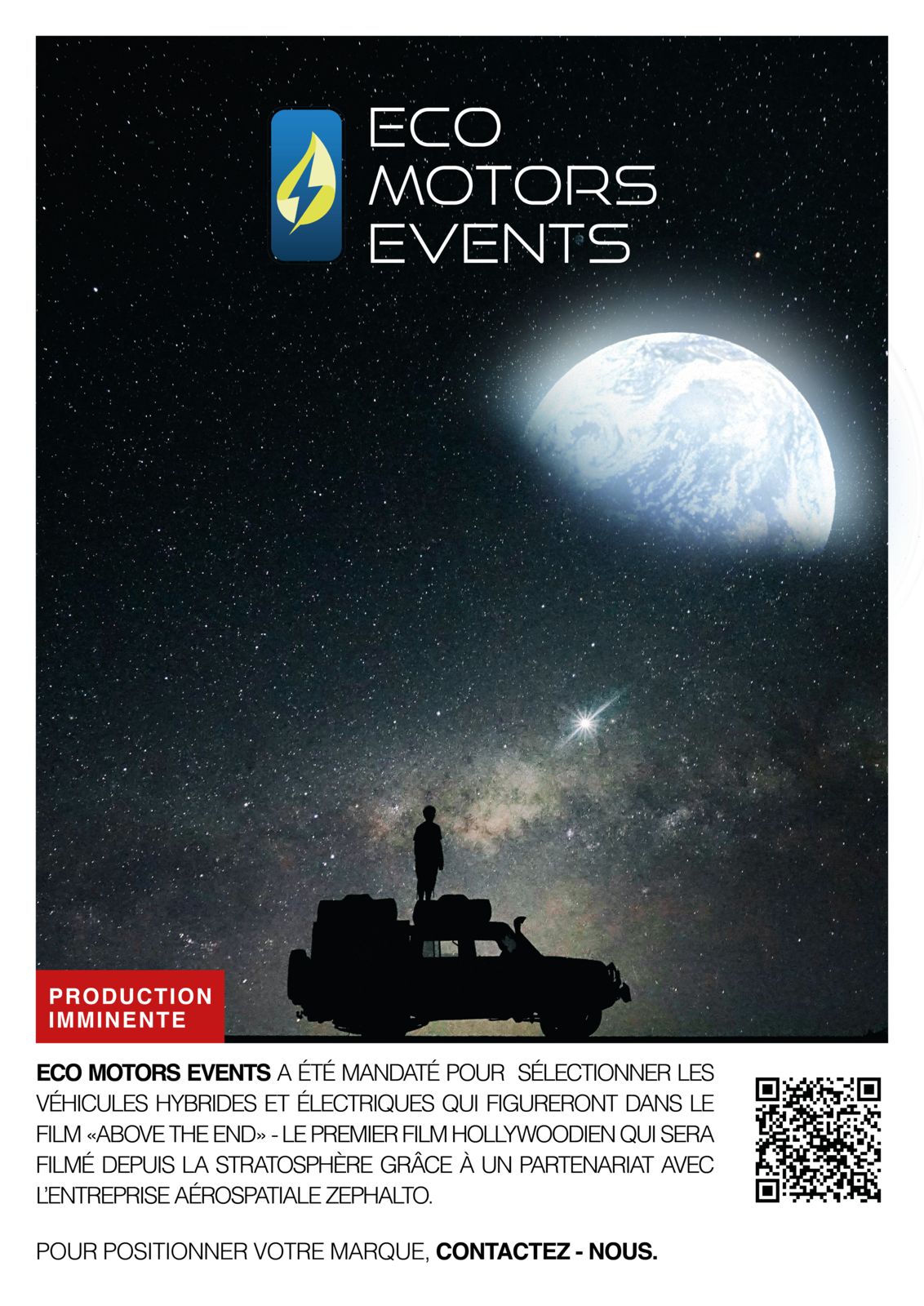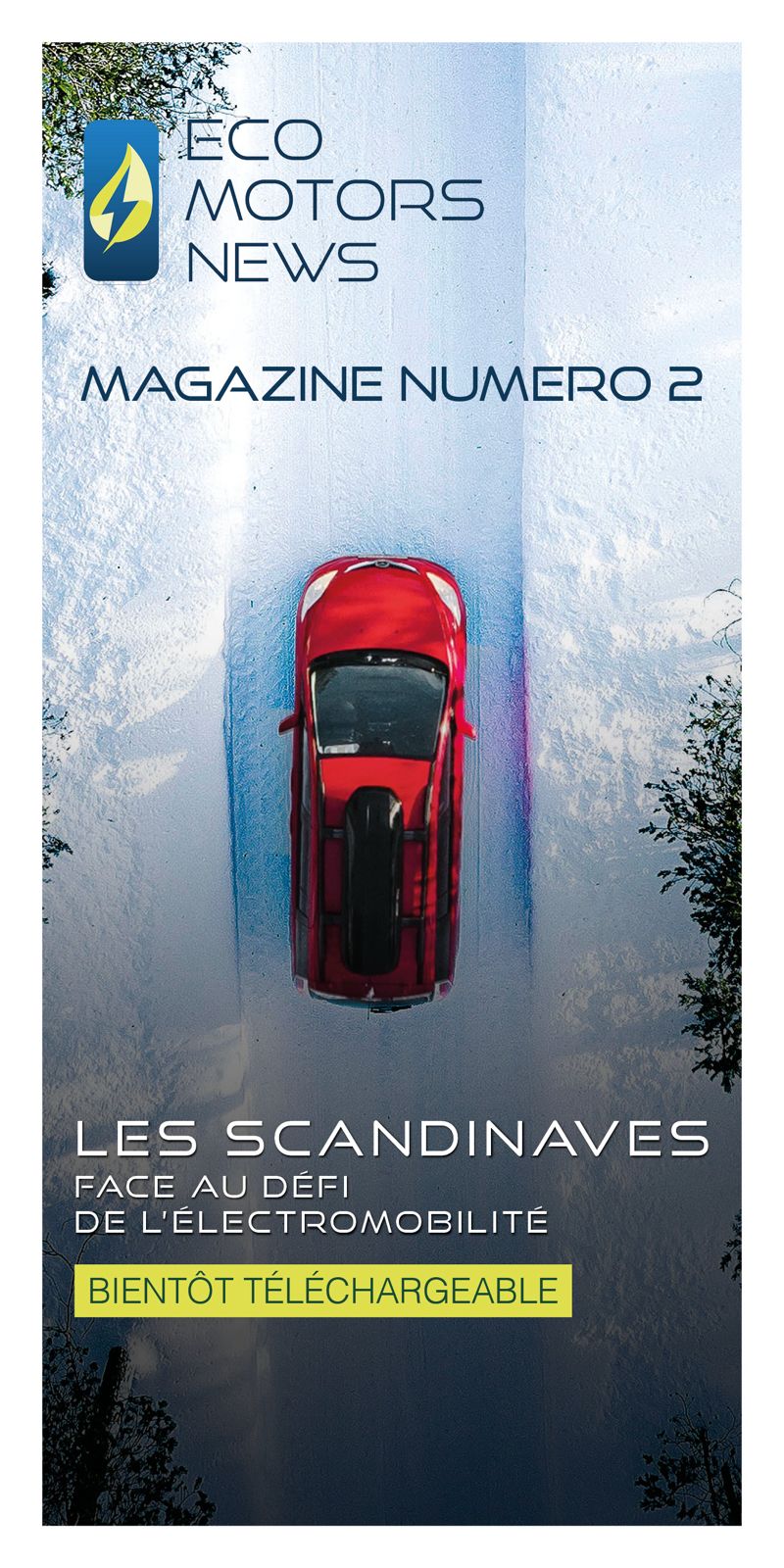Saint-Étienne-based start-up Eenuee is pursuing its ambition to revolutionise regional aviation with a 100% electric aircraft. Thanks to a new industrial partnership and an ongoing fund-raising drive, its project is taking on a more concrete dimension. The aim is to have a 19-seater aircraft flying by 2029 that is as affordable as a TGV ticket.

A strategic alliance to take a decisive step forward
After several years of promising research and testing, Eenuee is now joining forces with Duqueine Group, a company based in Ain and renowned for its expertise in aeronautical composite materials. This partnership, described as a « major asset » by Benjamin Persiani, CEO of Eenuee, should enable the start-up to move from a small-scale prototype to a larger-scale demonstrator. Duqueine, a supplier of parts to Airbus, Safran and Dassault, will contribute its industrial expertise to design the structure of the future aircraft. Together, the two companies want to prove that regional innovation can compete with the big names in aeronautics.
This collaboration marks a key stage for Eenuee, which has been working since 2019 on its GEN-ee regional aircraft. This model, which looks like a flying wing, is based on a « load-bearing fuselage » concept, which is more complex to design but offers better aerodynamic and energy performance. Initial tests on a radio-controlled prototype with a four-metre wingspan have already validated the technical feasibility of the project.
A prototype twice the size to get closer to the real thing
The next step is to build an eight-metre model, twice the size of the initial prototype. This intermediate version, scheduled for completion by 2027, will enable the team to move closer to a certifiable aircraft. The Eenuee engineers will see this as an opportunity to test the performance of the fuselage and electric propulsion in real conditions. The ultimate goal is ambitious: to design an aircraft with a 33-metre wingspan capable of carrying 19 passengers over 500 kilometres, with no polluting emissions.
To achieve this, Eenuee still needs to raise nearly €4 million. Supported by the Banque Publique d’Investissement via a Deeptech grant, the company is stepping up discussions with investment funds. According to Baptiste Giuliani, sales manager, « each passenger on our plane will consume less than an electric car driver ».

A clean, quiet and versatile aircraft
The GEN-ee has a claimed range of 500 kilometres and a cruising speed of around 260 km/h. It will run on two shrouded propeller engines powered by 1,500 kg of solid batteries. Its designers claim that it will consume up to eleven times less energy than an equivalent internal combustion aircraft, while considerably reducing noise. This silent, low-carbon aircraft could, for example, link Clermont-Ferrand to Nantes in less than two hours, or Rome to Monaco in just over two hours.
Another major advantage is its versatility. Eenuee’s electric aircraft can take off and land on very short runways, or even on grassy or watery surfaces. An amphibious version is even envisaged, capable of landing on islands. This flexibility is already of interest to several regional airlines looking for solutions adapted to isolated areas.
An industrial challenge and a race against time
Competing with Aura Aero of Toulouse, which is developing the ERA hybrid aircraft, Eenuee is taking measured but determined steps forward. The Toulouse-based project has a head start and a large number of pre-orders, but the Stéphane-based company’s 100% electric approach is seductive because of its ecological coherence. If all goes according to plan, the full-scale prototype will make its first flight in 2029, before entering service around 2033.
More than just a technological feat, Eenuee wants to help structure a low-carbon aeronautics industry in Auvergne-Rhône-Alpes. By relying on a local ecosystem of innovative companies, the start-up hopes to prove that a successful energy transition can also come from the regions. For Benjamin Persiani, « this regional partnership is a major asset. It allows us to combine technological agility and local industrial strength to take a key step forward. An essential combination if the future of clean aviation is to take off.

Towards a new regional transport model
With its GEN-ee project, Eenuee aims to make air transport as environmentally friendly as rail, while retaining its speed and flexibility. Its objective is clear: to offer regional connections at an affordable price, without compromising the environment. Although the technical and financial challenges are still numerous, the vision of this young team from Saint-Etienne symbolises a new era for French aviation.
So by 2030, it’s not impossible that the passengers of the future will be boarding an electric aircraft « made in Saint-Étienne » from a small regional aerodrome. A powerful symbol of the transition to cleaner, quieter and more sustainable skies.















